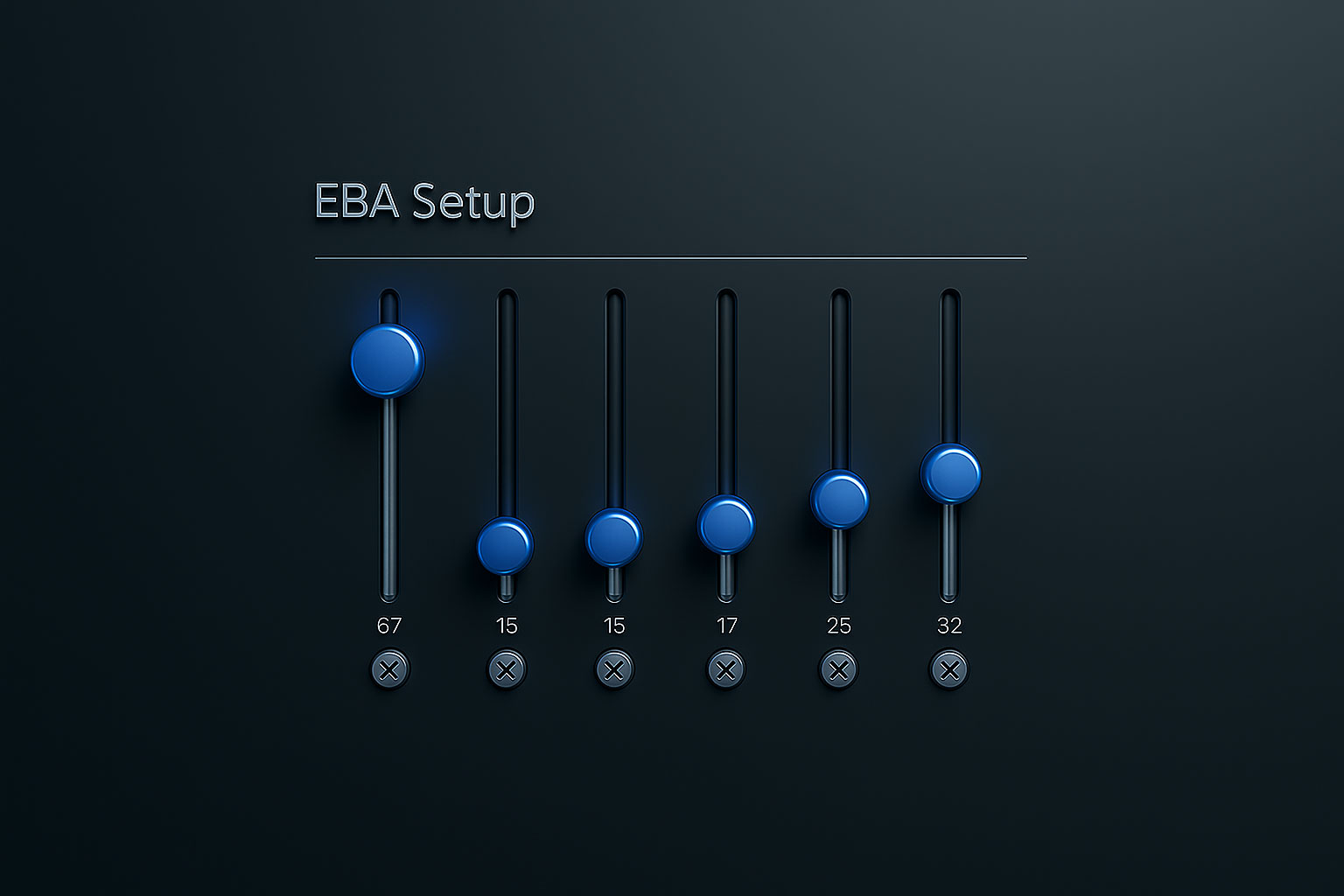Monitoring and managing your Customer Acquisition Cost (CAC) is essential for any business looking to grow profitably. Keep reading to uncover more about CAC, including how to calculate it and practical strategies to reduce it.
What is Customer Acquisition Cost (CAC)?
Customer Acquisition Cost (CAC) measures the cost of acquiring a new customer. It's an important metric because it helps businesses understand how much they need to spend to bring in new customers and whether their marketing efforts are cost-effective. By keeping CAC low, businesses can increase their profit margins and invest more in other areas of the business, such as product development or customer retention.
Customer Acquisition Cost Calculation
Here’s how to calculate Customer Acquisition Cost:
CAC = Total Cost of Sales & Marketing / Number of New Customers (First Time Orders)
Example: A company spends $65,000 on marketing in a month, with fixed sales & marketing salaries/tools of $35,000 and acquires 1,000 new customers during that same month, the CAC would be $100 per new customer.
Which costs to include in Acquisition Cost
When calculating CAC, include all marketing and sales expenses for that period, such as:
- Advertising costs (online and offline)
- Salaries of marketing and sales teams
- Costs of marketing tools and software
- Creative and production costs for marketing materials
Strategies to Reduce Customer Acquisition Cost
1. Optimize Marketing Channels
Identify and focus on the most cost-effective marketing channels. Use data analytics to track performance across different channels and allocate your budget to the ones that yield the best results. For example, if social media ads are driving more conversions at a lower cost than paid search, consider increasing your investment in social media.
2. Improve Targeting and Personalization
Put your customer data to work, to create targeted marketing campaigns. Delivering personalized marketing strategies can increase conversion rates by delivering relevant content to potential customers. For instance, segment your email lists based on customer behavior and preferences, and tailor your messages accordingly. Check out our no-code landing page tool here and discover how you can launch high-converting campaign landing pages in minutes.
3. Enhance Conversion Rates
Improving your website's user experience (UX) and optimizing the checkout process can lead to higher conversion rates, thereby lowering your CAC. Implement A/B testing for landing pages to determine what works best for your audience. Learn about our A/B testing tool.
4. Leverage Content Marketing
Creating valuable and relevant content can attract and engage potential customers organically, reducing reliance on paid advertising. Utilize SEO best practices to drive organic traffic to your website - content such as blog articles, videos, surveys and infographics, and social media content can increase your brand reach and bring in new customers at a lower cost.
5. Reduce Fixed Costs
Scrutinize your expenses to eliminate unnecessary tools and subscriptions that aren't adding value, to reduce your fixed costs. Consider consolidating resources where possible, such as combining multiple software tools into a single, more cost-effective solution. Operate as leanly as possible by streamlining processes and focusing on essential activities that directly contribute to customer acquisition.
Wrapping Up
View more from our #metricsexplained series or sign up to our blog, for free, expert insights on analytics, content marketing, AI and more.










